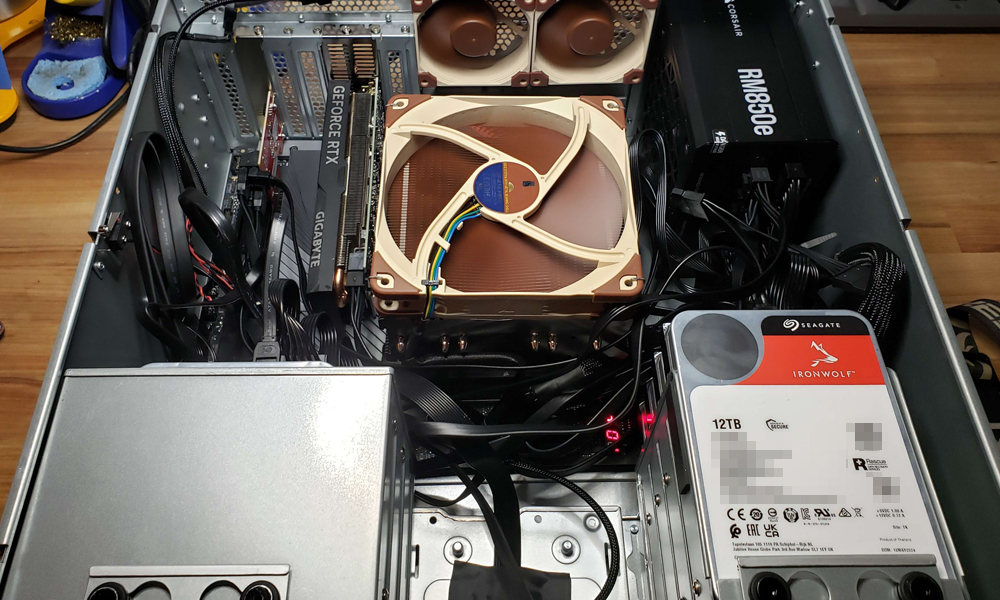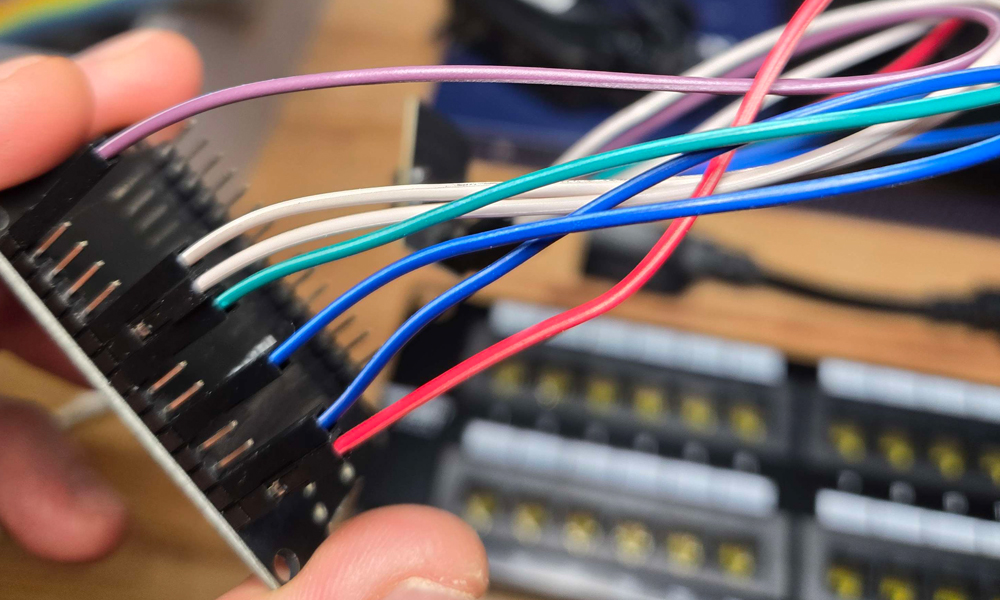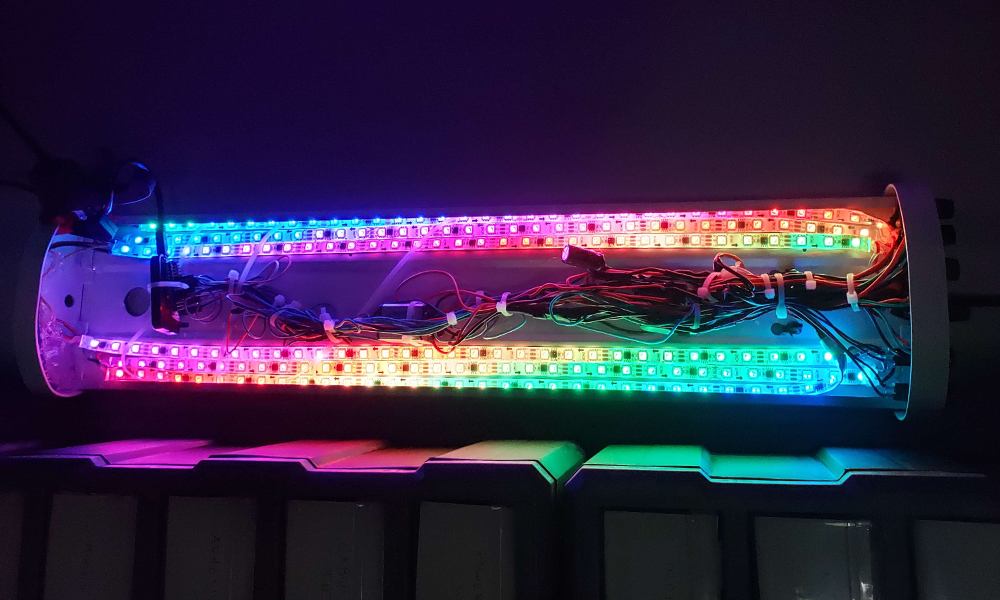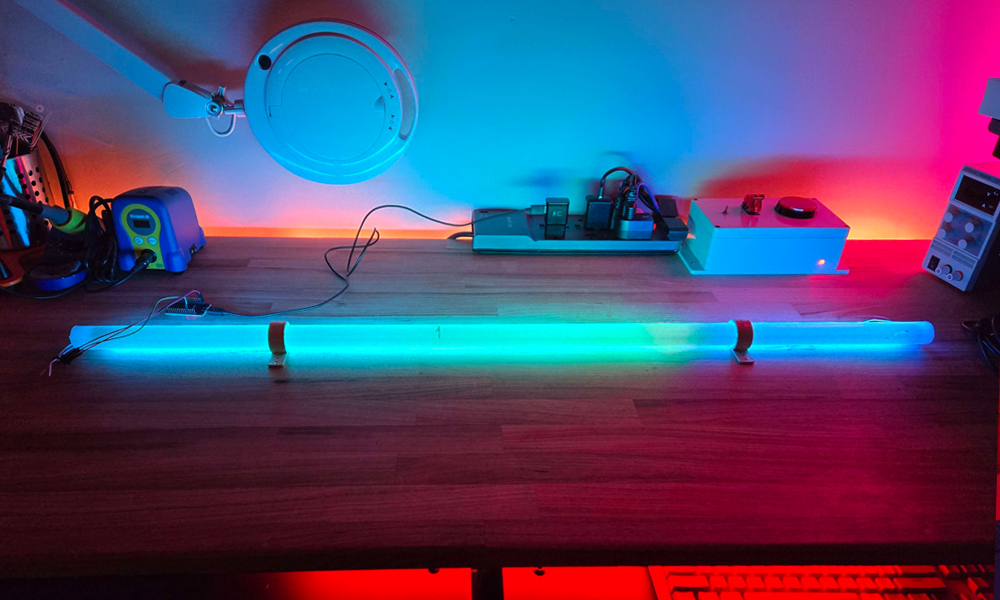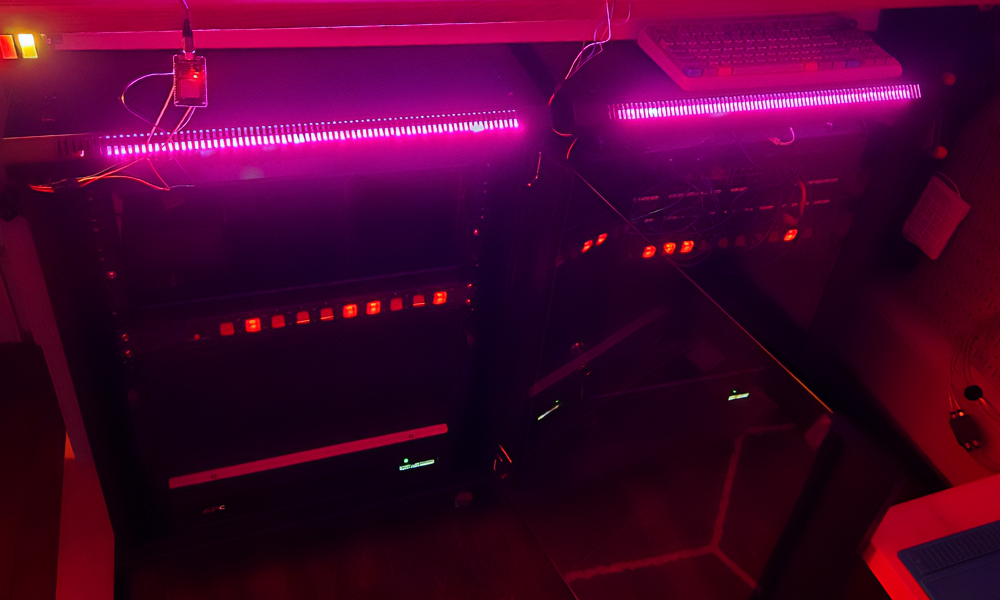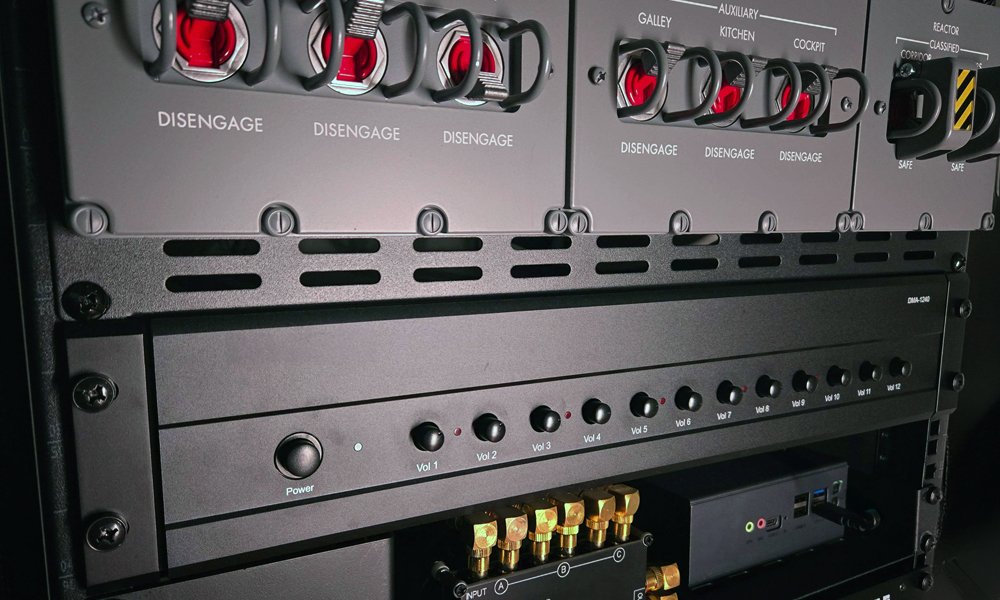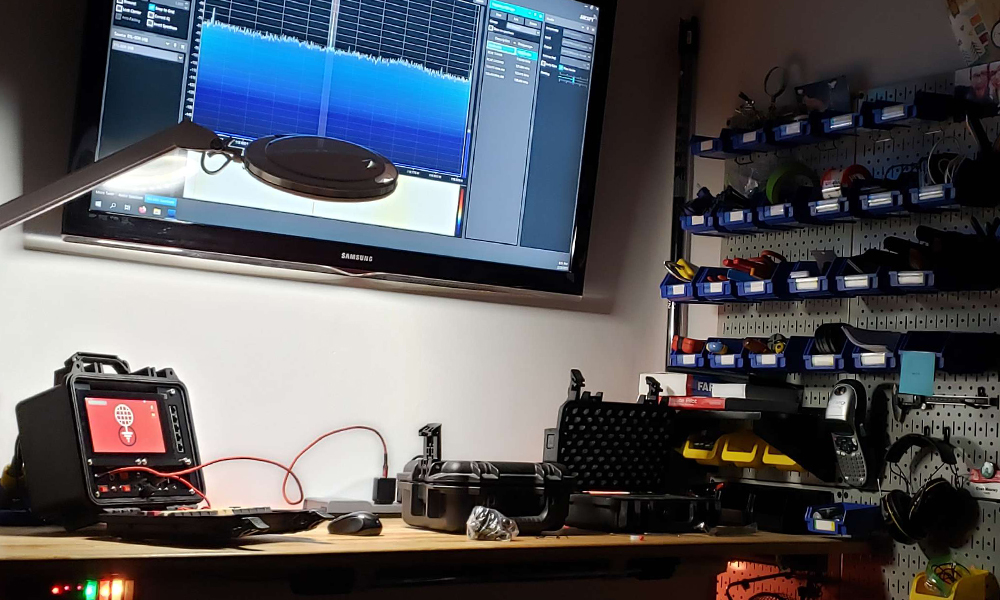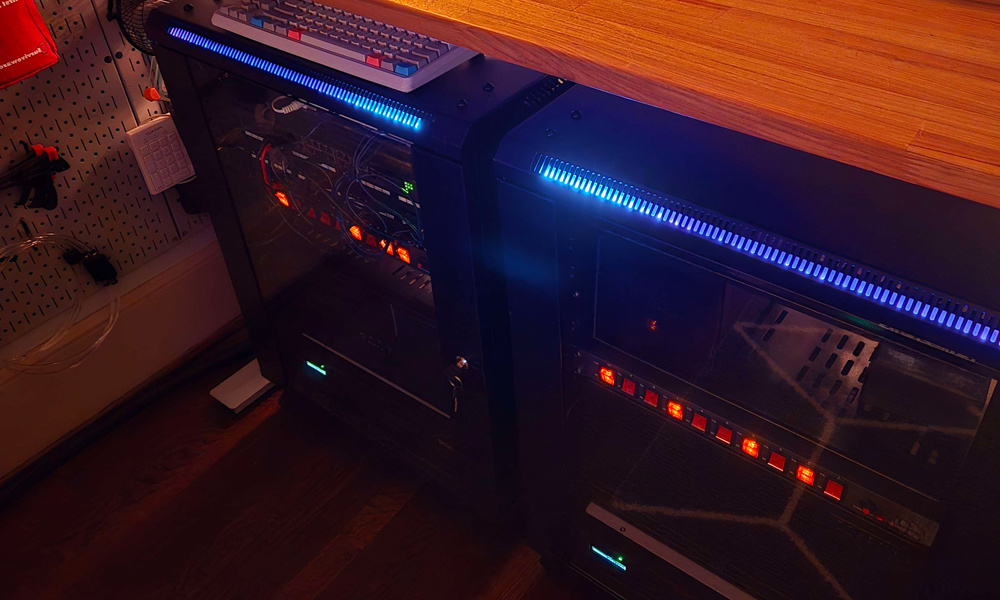Custom Hardware
Design
Anyone who works in software long enough will eventually run into a need for physical hardware that can’t be purchased off the shelf. It's the sign of a novel endeavor—it means you’re building something that doesn’t yet exist in the real world. You need to contribute. It’s a strong indicator that you’re on the right track.
Over the years, this has taken many forms for me: 3D printing, homelabs, wired low-latency AV setups, mesh networks, AI servers, VLANs—you name it. This pursuit has given me hands-on experience across a range of technical domains, each tailored to the needs of a specific project. It's a process that continuously pushes me to research, learn, implement, and support.
Specific areas:
2015 onward
Anyone who works in software long enough will eventually run into a need for physical hardware that can’t be purchased off the shelf. It's the sign of a novel endeavor—it means you’re building something that doesn’t yet exist in the real world. You need to contribute. It’s a strong indicator that you’re on the right track.
Over the years, this has taken many forms for me: 3D printing, homelabs, wired low-latency AV setups, mesh networks, AI servers, VLANs—you name it. This pursuit has given me hands-on experience across a range of technical domains, each tailored to the needs of a specific project. It's a process that continuously pushes me to research, learn, implement, and support.
Specific areas:
- Single board computers (Raspberry Pi et al)
- AI and LLM hosting
- Microcontrollers (Ardunio et al)
- Server hardware and network design
- Multi-space projection and audio
- Network devices and IoT
- Cross platform data redundancy
- Lighting frameworks
- 3D modelling, slicing, and printing
- Physical sensor network applications
- Electrical safety
